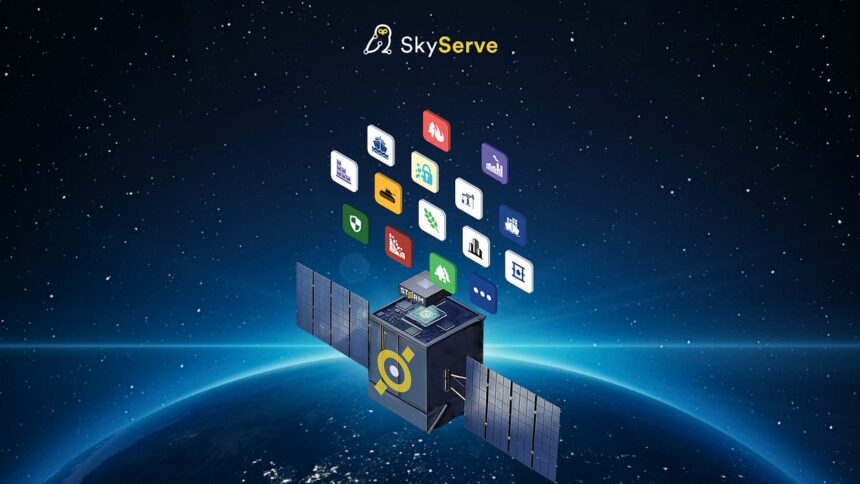What if satellites stopped sending everything—and started sending only what matters? A quiet AI shift in space is changing how we see Earth. Read on…

Traditionally, satellites were designed to collect data in space and transmit it back to Earth for use in various applications such as agriculture, maritime monitoring, or disaster response. The satellite’s role was largely limited to data collection, while all processing and analysis happened on the ground. However, the satellite industry is now growing at a rapid pace, and the amount of data being generated is far exceeding our ability to downlink it to Earth. This creates a bottleneck in how quickly and effectively the data can be used.
To address this, newer technologies are being developed to make satellites smarter. In a recent conversation with Vishesh Vatsal, CTO at SkyServe, Nidhi Agarwal from Electronics For You (EFY) learned about the advanced systems allow satellites to process and filter data onboard, so only the most relevant or “smart” data is sent back to Earth. This approach has several benefits. First, it reduces the volume of data that needs to be transmitted, easing the pressure on downlink infrastructure. Second, it helps lower the long-term costs of Earth observation by minimizing the amount of data storage and processing needed on the ground.
“When people think of AI today, they often refer to generative AI—like chatbots—which is not directly applicable in our case. Instead, the kind of AI we focus on is designed to analyze different types of sensor data produced in space. For example, satellite imagery collected during missions such as Operation Sindoor helped identify damage on specific locations in other countries. This kind of analysis uses computer vision and machine learning models built specifically for remote sensing imagery, an area we specialize in,” added Vishesh.
Beyond imagery, satellites also produce other forms of data such as time-series AIS (Automatic Identification System) data and health telemetry data. These are used for tasks like anomaly detection and pattern analysis. To handle this, we apply a variety of models. These include computer vision deep learning models, time-series anomaly detection models, and change detection models. While advanced AI models like LLMs can also be used in some cases, they are not essential for most of our use cases. The focus remains on using the right models suited to the specific type of space data being processed.
The full interview will be live soon — stay tuned.









